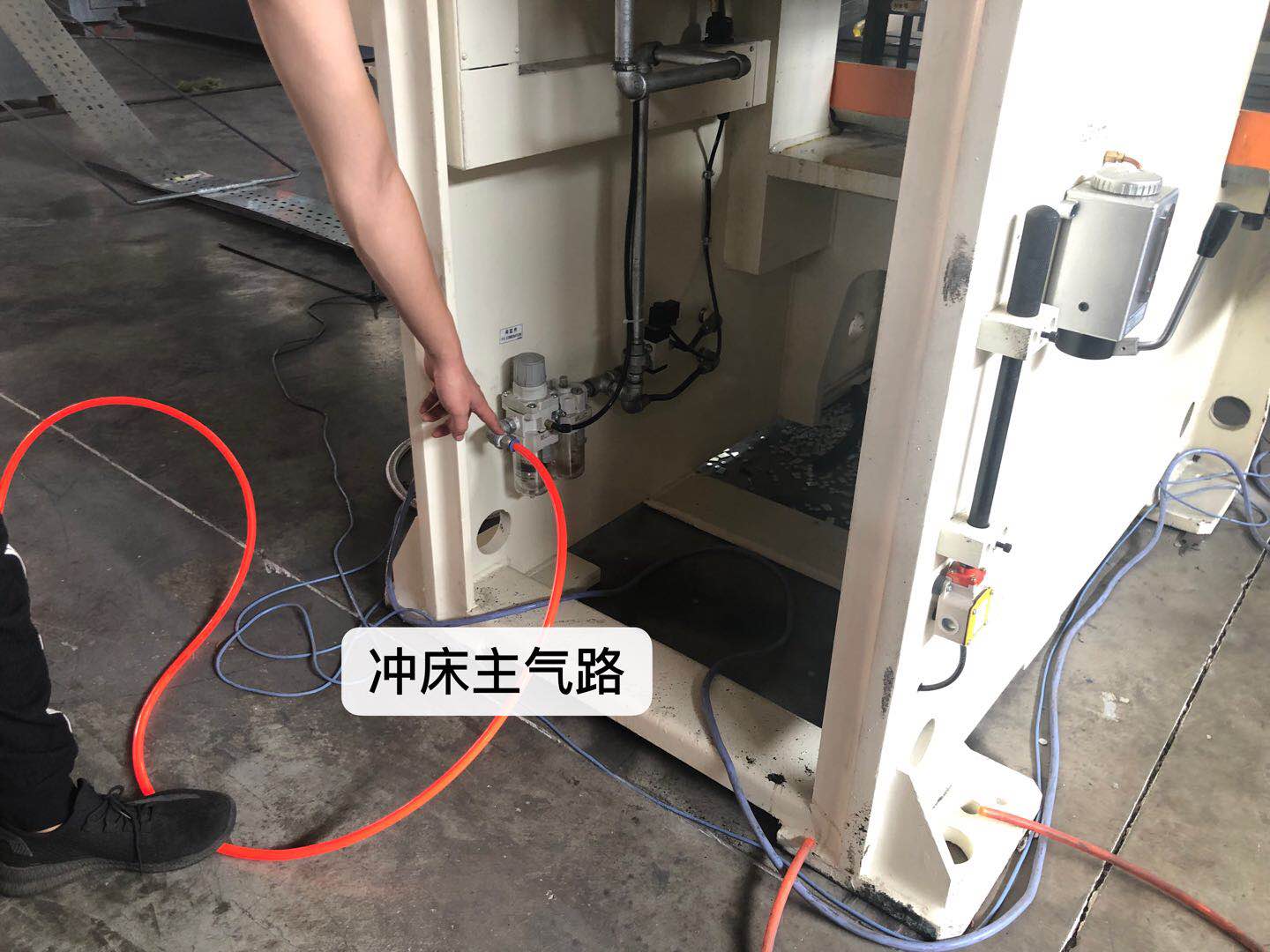
The Importance of Straightening Machines in Manufacturing
In the manufacturing sector, precision and efficiency are paramount. One of the unsung heroes that contribute significantly to achieving these goals is the straightening machine. These machines play a crucial role in ensuring that various metal components are precisely aligned and free from distortion, which is essential in a range of industries including automotive, aerospace, and heavy machinery.
What is a Straightening Machine?
A straightening machine is a specialized piece of equipment designed to correct the shape of metal products, which may have been bent or warped during processing or transportation. These machines utilize various methods to apply force to the material, gradually nudging it back into its intended shape. Straightening can involve hydraulic systems, mechanical rollers, or even electromagnetic forces, depending on the design and requirements of the specific application.
How Straightening Machines Work
The operation of a straightening machine typically involves several steps
1. Feeding the Material The metal component is usually fed into the machine either manually or automatically. The precise alignment of the material is crucial for effective straightening. 2. Alignment and Detection Advanced straightening machines often incorporate sensors to detect the degree of distortion. This feedback allows the machine to adjust its settings for optimal straightening.
3. Straightening Process The machine applies force through rollers, hydraulic clamps, or other mechanisms, progressively reshaping the metal. The applied force may be adjusted to ensure that it is sufficient to correct the distortion without compromising the structural integrity of the material.
4. Quality Control After the straightening process, many systems will include a quality control check, where the straightened component is measured and examined to ensure it meets required specifications.
Benefits of Using Straightening Machines
The implementation of straightening machines in manufacturing processes offers numerous benefits

- Increased Precision Straightening machines significantly enhance the accuracy of metal components. This precision is critical in applications where tolerances are tight, and even a small deviation can lead to system failures.
- Enhanced Efficiency Automated straightening processes reduce the time and labor required to reshape and align components. This increased efficiency contributes to overall productivity and lowers labor costs.
- Cost-Effective By reducing material waste and ensuring that components are manufactured to exact specifications, manufacturers can cut costs associated with rework and scrap.
- Improved Product Quality Straightening machines help ensure that the final products have a superior finish and structural reliability, leading to enhanced customer satisfaction and lower warranty claims.
Applications of Straightening Machines
Straightening machines find applications across various industries
- Automotive Industry In automotive manufacturing, straightening machines are used to ensure that parts like beams, axles, and frames are aligned correctly, contributing to vehicle safety and performance.
- Aerospace Sector The aerospace industry demands extremely high standards of precision and reliability. Straightening machines help produce essential components that meet these rigorous standards.
- Construction and Heavy Machinery In the construction industry, metal rods and beams often require straightening to meet structural specifications. Straightening machines enable manufacturers to deliver high-quality materials that comply with safety regulations.
Conclusion
Straightening machines are an integral component of modern manufacturing. They offer significant benefits, including precision, efficiency, and cost-effectiveness, thereby enhancing the overall quality of metal products. As industries continue to demand higher levels of accuracy and efficiency, the reliance on advanced straightening technology will likely grow, further solidifying the importance of these machines in the manufacturing landscape. By investing in reliable straightening machines, manufacturers can ensure that their production lines operate smoothly and produce components that meet and exceed industry standards.